“Somewhere, something incredible is waiting to be known.”
Carl Sagan
Something incredible is five billion kilometers away from Earth, and today the waiting ends!
In just a few short minutes, and after more than nine years of travel, the inspirational New Horizons spacecraft darts past Pluto, coming closer than we have ever been to the planet and its moons.
“We’re trying to hit a very small box, relatively speaking,” says Mark Holdridge, the encounter mission manager. “It’s 60 by 90 miles, and we’re going 30,000 mph, and we’re trying to hit that box within a plus or minus 100 seconds.”
(Source: Marcia Dunn, AP, “It’s showtime for Pluto; prepare to be amazed by NASA flyby“
The next few days and weeks will see a rush of scientific data start to arrive from vast distances as the fastest spacecraft we’ve ever launched sends us back photos of a world we’ve never seen. Pluto system is so far away that it appears as a pixelated blob on our best telescopes, and communication signals take over four hours to travel one-way between New Horizons and flight controllers in Maryland.
The lead investigator Alan Stern says: “We’re not planning to rewrite any textbooks. We’re planning to write them from scratch.” Professor Stern also contributed to the Rosetta comet-landing mission.
Since New Horizons launched, the Hubble Space Telescope has helped us image all of Pluto’s five moons, which are called Charon, Hydra, Kerberos, Styx and Nix.
Now, new discoveries are arriving rapidly – as of yesterday scientists had already confirmed an icy polar cap made of methane and nitrogen, made a surprisingly early detection of nitrogen in the atmosphere, and determined Pluto’s radius, which at 1185 km makes it the largest known body in the Kuiper Belt.
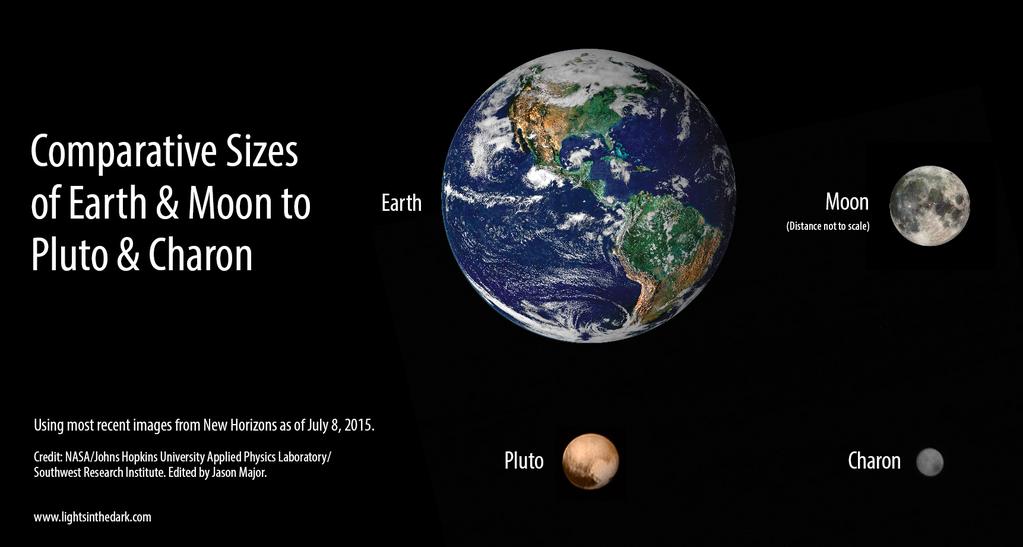
Comparative Sizes of Pluto Charon Earth and Moon c. NASA/Johns Hopkins University Applied Physics Laboratory
The Search for Planet X
Percival Lowell was an American businessman and amateur astronomer who achieved fame describing the (sadly mythical) Canals of Mars. In the final years of his life he conducted an exhaustive search for what he called “Planet X”, a hypothetical planet beyond Neptune. Although in 1915 his observatory photographed Pluto near Planet X’s predicted location, he did not realize it, and he died without proving his theory.
On February 18, 1930, a researcher named Clyde Tombaugh who was working at the Observatory made the historic discovery of Pluto. He noticed a wandering object when comparing stars on two photographic plates (stars would always be stationary).
Today Clyde Tombaugh will arrive at the planet he discovered, in a fitting tribute:
“…There was one concession to poetry. New Horizons is carrying some of Clyde Tombaugh’s ashes. After all, he found the dot. Not only will he fly by his netherworldly discovery…he will become the first human being to have his remains carried beyond the solar system.”
(Source: Charles Krauthammer, “With New Horizons, Pluto Gets Some Respect, for a Change“)
What’s In a Name?
Is Pluto a planet?
In August 2006, just after New Horizons launched, scientists at the International Astronomical Union’s general assembly voted to “demote” Pluto from its status as a “major planet” to that of “dwarf planet.” The controversial vote was met with disdain by the public and planetary scientists alike. It made Pluto the underdog and a planetary cult hero.
(Source: Miriam Kramer, “With NASA’s New Horizons, it’s finally Pluto’s time to shine“)
There are hundreds of Pluto-sized bodies in the Kuiper Belt and part of the reasoning behind the demotion was to limit the number of planets to the “classics”.
Professor Stern has been vocally critical of the IAU label – stating that “It’s an awful definition; it’s sloppy science and it would never pass peer review”, and the New Horizons mission would not recognize the definition.
To further complicate things, Pluto might actually be a binary planet, because it shares an orbit around a centre of mass that is mid-point between it and the biggest of its five moons, Charon.
In my opinion, we should modify our definitions to encompass the reality of our solar system and the observable universe, even if it challenges our world view. If that means the definition of “planet” can also include one small body orbiting another, and our solar system map expands to contains hundreds of the things, so be it.
And speaking of names – here’s mine. It was stored a decade ago on a CD with 430,000 others. New Horizons has carried it along with Clyde Tombaugh for almost five billion kilometers to Pluto!
Fun stuff 🙂
It’s (Not) Lonely Here In Space
Once again social media has been used extensively to raise public attention to the mission – New Horizons mission has a twitter account and so the fantastically distance spacecraft never seems far away from us. The same trick was pulled for the Rosetta and Philae comet landing mission, with great success.
These missions are expensive, slowly-unfolding and risky. By anthropomorphizing the spacecraft, NASA, ESA and other space exploration agencies benefit by engaging the public’s imagination and helping to shape public opinion to appreciate their value and importance.
This helps them raise funds for mission extensions, and new exploration. It’s vital because the mission to Pluto was put on ice multiple times due to budget cuts.
Flyby Timetable
Here’s today’s timetable for this historic event:
7:30 to 8 am EST – Arrival at Pluto! Countdown program on NASA TV
The moment of closest approach will be marked during a live NASA TV broadcast that includes a countdown and discussion of what’s expected next as New Horizons makes its way past Pluto and potentially dangerous debris.
8 to 9 am EST – Media briefing, image release on NASA TV
(Source: http://www.universetoday.com/121317/plutos-time-to-shine-just-hours-away-a-guide-and-timetable/)
Visions of Exploration
Finally, check out these inspirational videos while we wait for our flyby photos!
New Horizons
[vimeo 132183032 w=500 h=208]
NEW HORIZONS [Extended Version] from Erik Wernquist on Vimeo.
Wanderers
[vimeo 108650530 w=500 h=213]
Wanderers – a short film by Erik Wernquist from Erik Wernquist on Vimeo.
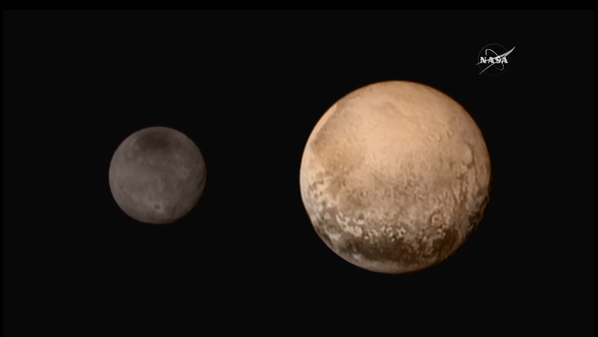

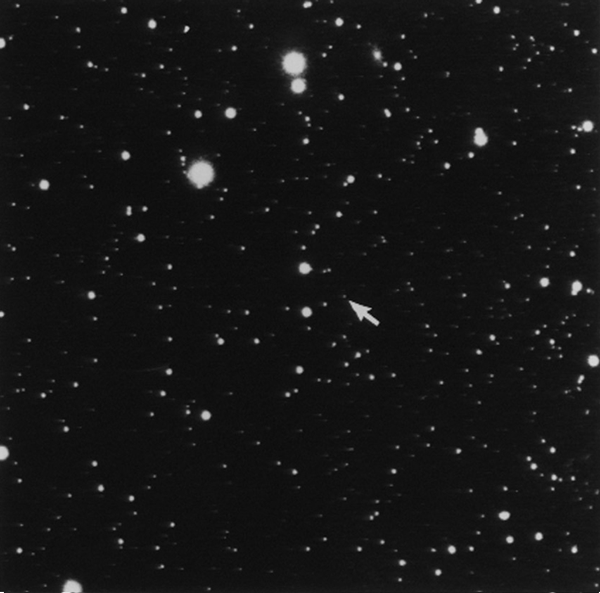

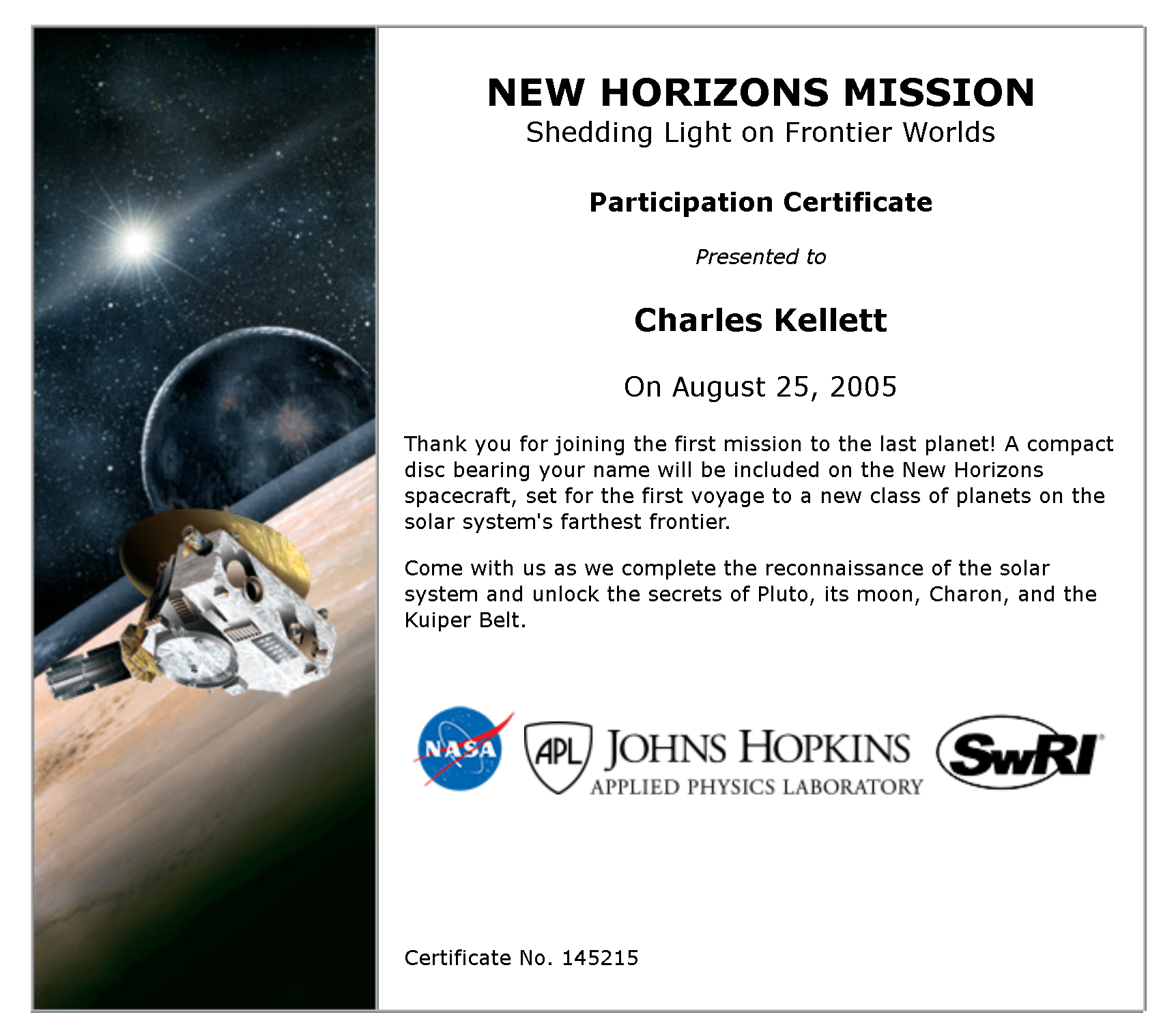
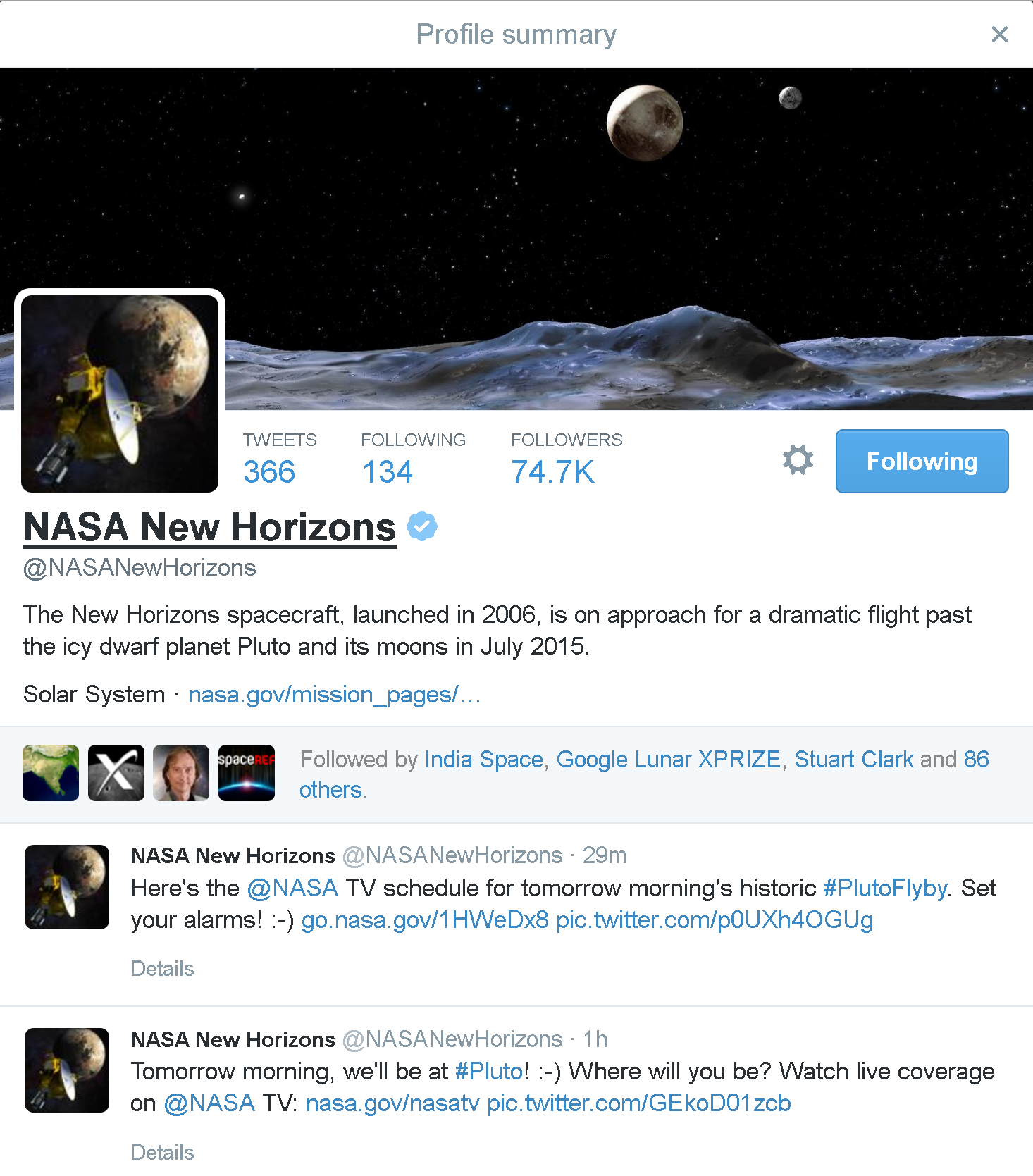


[…] kilometers – at forty times the speed of a bullet, on a journey of almost ten years, to zip between Pluto and its moon Charon, arriving within seconds of its scheduled time. It is traveling so fast that it is now 7.5 million […]